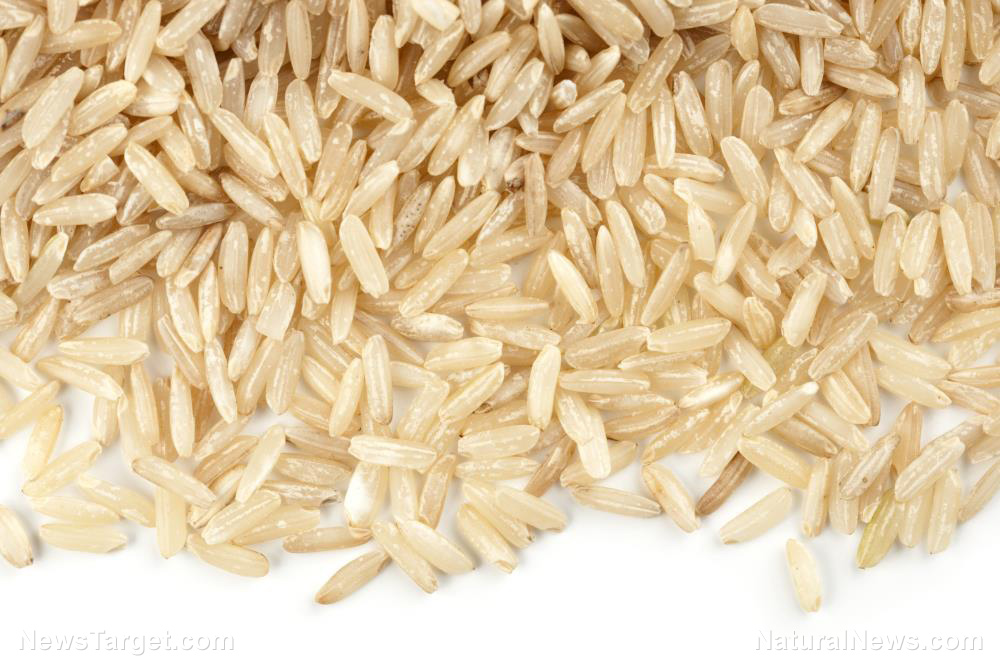
For the study, researchers from Malaysia and China looked at the effects of crude rice bran policosanol extract on platelet aggregation, or the clumping of platelets in the blood, leading to clot formation. Platelets play an important role in the onset of atherosclerosis and cardiovascular diseases. Moreover, increased activities of platelets could potentially cause clot formation in the arteries or severe bleeding disorders. Meanwhile, rice bran has been believed to provide benefits to health, especially to the cardiovascular system.
In conducting the study, the researchers induced platelet aggregation through adenosine diphosphate (ADP), collagen, and arachidonic acid. They also pre-treated rat platelets with different concentrations of rice bran policosanol extract. In addition, they assessed platelet adhesion onto collagen- and laminin-coated surface, and measured the effect of crude policosanol extract on released proteins from activated platelets.
Based on the results, rice bran policosanol extract substantially inhibits platelet aggregation in a dose-dependent manner in ADP, collagen, and arachidonic acid. In addition, the treatment significantly suppressed platelet adhesion to collagen and laminin in a dose-dependent manner. Furthermore, the rice bran policosanol extract reduced cellular protein secretion of the treated platelets towards various stimulants.
These findings indicated that the treatment of crude rice bran policosanol extract could inhibit platelet adhesion, aggregation, and secretion. Therefore, the researchers concluded that rice bran policosanol extract can potentially be used as an alternative treatment for platelet malfunction, preventing and treating cardiovascular problems. (Related: Sesame and rice bran oil can treat high blood pressure and cholesterol, study shows.)
Rice bran could be the next big superfood
Rice bran is the nutrient-dense outer coating of rice kernels, which is produced a by-product of white rice processing. Although rice bran is sold as an alternative to normal wheat or oats bran, it is mostly used as animal feed. However, it could be a useful health food as it is highly nutritious, according to experts. In fact, it could be the next big superfood, according to a U.S. study published in the journal Rice.
For the study, researchers at Colorado State University examined three U.S. rice varieties that were used in earlier human dietary intervention trials. They used an approach called food metabolomics, or Foodomics, which uses a sophisticated method called mass spectrometry. This method helps determine and measure the amount of many different molecules present in a food.
Results of the study revealed that rice bran contains 453 metabolites, including 65 that had been shown to have potential medicinal and health-promoting properties and 16 that had not been previously reported for rice bran.
The researchers discovered that rice bran is especially rich in the B vitamins, such as thiamine, niacin, and B6. These B vitamins play an essential role in energy production, cardiovascular health, and staving off depression. They found that one serving of rice bran – or 28 grams – provides more than half of an individual's everyday requirements of essential vitamins such as thiamine, niacin, and vitamin B6.
"It has not been used much in human health and nutrition because it is considered an animal feed, but its high nutritional value warrants greater public health attention," said Elizabeth Ryan, author of the study.
Rice bran was only traditionally used as a cheap source of fiber and considered as a useful source of lipids, such as cooking oil. However, it could actually be a beneficial health food that can be added to many foods, including cereals, bread, or cakes, or turned into a smoothie drink.
Read more news stories and studies on healthy and medicinal foods by going to FoodScience.news.
Sources include:
Please contact us for more information.























